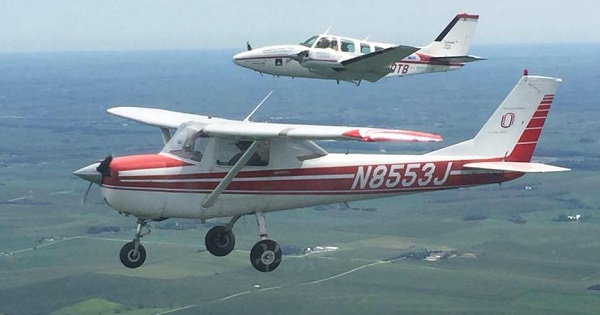The Pilots of Flying with Diabetes USA
Douglas Cairns
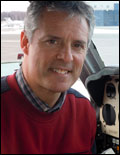 In 1989, Douglas Cairns was a British Royal Air Force jet pilot at the age of 25 when he was
diagnosed with type 1 diabetes, and consequently lost his flying career. In 2000 he regained
the freedom to fly in the USA as a licenced private pilot, and then went on to complete
"Diabetes World Flight" in 2003,
the first round-the-world flight by a pilot with type 1 diabetes.
In 1989, Douglas Cairns was a British Royal Air Force jet pilot at the age of 25 when he was
diagnosed with type 1 diabetes, and consequently lost his flying career. In 2000 he regained
the freedom to fly in the USA as a licenced private pilot, and then went on to complete
"Diabetes World Flight" in 2003,
the first round-the-world flight by a pilot with type 1 diabetes.
After completing his world flight Douglas wrote a book on his experiences (Dare to Dream:
Flying Solo With Diabetes) and spent three years in the USA giving sponsored motivational talks
to the diabetes community. During this time he set five world speed records and two transcontinental
speed records in the USA using the Diabetes World Flight "Beech Baron," and broke the
existing record to land in all 48 contiguous states of the USA
(www.diabetesflight48.com) before smashing the old
record to land in all 50 USA states in 5 days and 15 hours in 2010. In April 2011 he set a world
speed record between Barrow, Alaska and the North Pole, followed by the first ever landing in a
light twin-engine aircraft on the polar ice
(www.diabetespolarflight.org). Douglas is a
founder member of Pilots With Diabetes and is
passionate about raising awareness of diabetes, and gives regular talks to conferences &
meetings, highlighting that diabetes need not limit the scope of people's dreams and ambitions.
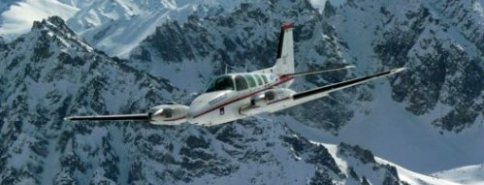
Jason Harmon
 Jason Harmon made his first solo flight in 1988 at the age of 16, and earned his private pilot's
license the following year. While in college, he was diagnosed with type 1
diabetes, ending his pursuit of a flying career as well as his ability to fly privately.
Jason Harmon made his first solo flight in 1988 at the age of 16, and earned his private pilot's
license the following year. While in college, he was diagnosed with type 1
diabetes, ending his pursuit of a flying career as well as his ability to fly privately.
Early in 1997, the FAA made the special protocol available to allow individuals with
insulin dependent diabetes to obtain the class 3 medical certification required for private piloting.
Jason applied for this program and in the spring of 2007 became one of the first group of insulin
dependent diabetic pilots to get their wings back. After regaining the ability to fly privately,
he obtained instrument and multi-engine ratings. Jason is the US contact for
Pilots With Diabetes.
Outside of flying, Jason has put his knowledge of diabetes to work as a founder and Chief
Technology Officer of Get Real Health,
where he designs software to help empower individuals to manage the health of themselves and their families.
Jason's systems are in use in numerous organizations, hospitals, and governments in the US, Canada, Sweden, the UK, and Australia.
Jason lives with his wife Mandela and daughter Alice in Maryland.
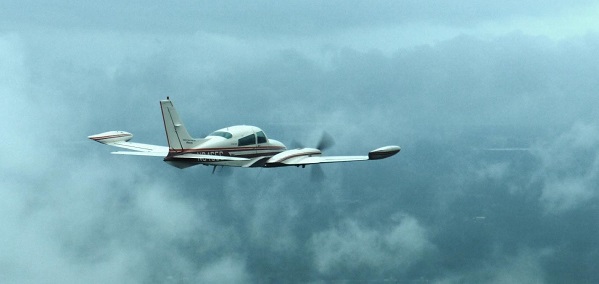
Brian Strack
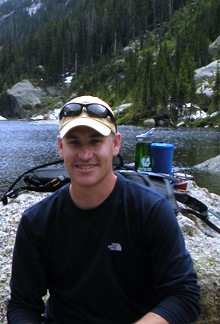 Brian began his lifelong love of aviation at the age of 8 with his first airplane ride, and was hooked. He
attended the University of North Dakota, majoring in Aviation and Space Studies while earning a commission as
an officer in the U.S. Air Force through UND's ROTC program. He attended joint pilot training in Pensacola, FL
and Vance AFB, OK, where he remained as an Instructor Pilot in the T-1A Jayhawk, the military's version of the
BeechJet 400A. Brian was selected to fly the U-2 "Dragon Lady" at Beale AFB, CA, but shortly thereafter, that
dream ended when he was diagnosed with Type 1 diabetes.
Brian began his lifelong love of aviation at the age of 8 with his first airplane ride, and was hooked. He
attended the University of North Dakota, majoring in Aviation and Space Studies while earning a commission as
an officer in the U.S. Air Force through UND's ROTC program. He attended joint pilot training in Pensacola, FL
and Vance AFB, OK, where he remained as an Instructor Pilot in the T-1A Jayhawk, the military's version of the
BeechJet 400A. Brian was selected to fly the U-2 "Dragon Lady" at Beale AFB, CA, but shortly thereafter, that
dream ended when he was diagnosed with Type 1 diabetes.
Through the FAA's special issuance program, Brian has been able to maintain a Third Class medical and enjoy
flying civil aircraft as often as possible. He holds CFII and MEI Instructor certificates, and owns
an experimental Rutan VariEZE that he is currently updating with new modern instruments.
Brian lives with his wife Katie and still serves in the US Air Force. He is an avid outdoor enthusiast, getting
away to hike, camp, road or mountain bike, ski or snowshoe whenever the possibility arises.
Chris Isler
 Chris's love for aviation came early on. The son of a United States Navy aircraft carrier pilot turned commercial
pilot for Western Airlines, he was always in and around the airport and aircraft. He began flying around the
age of 13 in his family's Cessna 152 based in Torrance, California, and had always thought one summer he'd get his private
pilot license. It turns out during those years the beach was more of a draw.
Chris's love for aviation came early on. The son of a United States Navy aircraft carrier pilot turned commercial
pilot for Western Airlines, he was always in and around the airport and aircraft. He began flying around the
age of 13 in his family's Cessna 152 based in Torrance, California, and had always thought one summer he'd get his private
pilot license. It turns out during those years the beach was more of a draw.
Twenty-five years later at the age 40, Chris had been living with type one diabetes first diagnosed at age 28. He had been driving
past the airport where a large hanger had been flying a banner that read "Learn to Fly!!" for several years. On every
passing he'd say to himself "one day". One day and some 35 years after his first dream of flight he spun a
U turn and pulled into that flight school. He asked a few questions and an instructor that was standing by gave
him an overview and the requirements. He remembers being very excited and handed the woman at the counter his credit
card and asked her to charge the entire package at once so he'd never have an excuse. At that moment the
Instructor spoke out and said, "There was one more thing. You'll need an aviation medical, but you look fit.
You don't have heart disease or DIABETES, do you?" His heart sank.
Chris figured something would work out.
Chris's flight training began immediately and he flew through it right up until it was time to have his first solo.
His instructor told him he was ready and asked if he had gotten medical, a requirement for solo flight. He hadn't
until that point spoken much about having diabetes. So with a bit of concern, off he went to research how to
obtain what he learned was called a "special issuance medical". For anyone who doesn't know, it's a bit of work,
but very doable, if your diabetes is well controlled. It took about 4 months to get
everything required done, put together, and sent to the FAA. The longest part was waiting for review and approval
by the FAA. After all the work Chris was back on track and weeks away from his practical test, having completed
all he could and then some prior to his solo requirements.
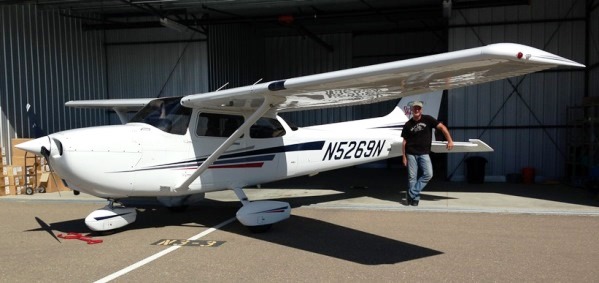
Karl Beetson
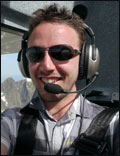 Karl developed a burning passion for aviation from a young age and on his 16th birthday he flew his first
solo circuit. Heartbreakingly for Karl in March 2007, aged 17 years old, he was diagnosed with type 1 diabetes
and was told he would never be medically fit to fly professionally. He has since discovered that although a
few doors close, many can open, and as a co-founder of Pilots with Diabetes, he firmly believes having diabetes
should not be a barrier in any aspect of life.
Karl developed a burning passion for aviation from a young age and on his 16th birthday he flew his first
solo circuit. Heartbreakingly for Karl in March 2007, aged 17 years old, he was diagnosed with type 1 diabetes
and was told he would never be medically fit to fly professionally. He has since discovered that although a
few doors close, many can open, and as a co-founder of Pilots with Diabetes, he firmly believes having diabetes
should not be a barrier in any aspect of life.
Karl completed an Aerospace Engineering Degree at the University of Hertfordshire in the UK in 2009 and graduated from
Cranfield University in 2012 with a Masters by research degree with his research later published in a peer
reviewed scientific journal. He currently works as a continuing airworthiness engineer for the world’s only
aerobatic airline and maintains a robust interest in aviation career opportunities. When Karl isn’t working he
loves to fly whatever aircraft he can get a seat in, and when his head isn't in the clouds he enjoys skiing,
cycling, cinema and staging huge Christmas Light displays each year for charity which recently gained national
press and a TV documentary. In 2015 he raised over £3800 for JDRF UK with the festive display.
An active user of latest internet and communication technology, Karl has been the Technical Support crew
member for three major Flying With Diabetes projects; Diabetes Flight 48 (DF48),
Diabetes Flight 50 (DF50)
and Diabetes Polar Flight. Karl currently flies a Vans RV-4 and is now involved in major projects as a flying
crew member; a co-holder of a 14 hour and 17 minute national speed record in 2011 around Britain's coastline,
a national formation speed record between Derby and Southampton in 2012 and an international formation speed
record between Beverley and Le Touquet in 2013.
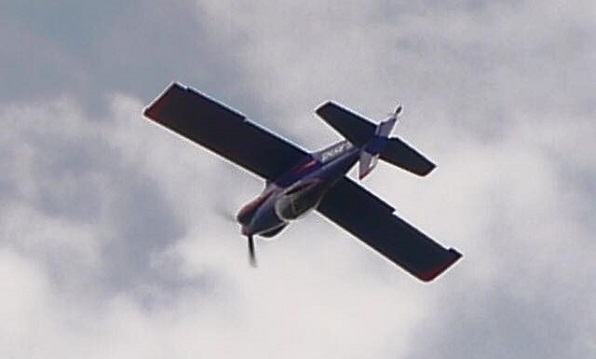
Jay Haapala
 Nineteen year old Jay Haapala is the youngest pilot in the FWDUSA team. Diagnosed with type 1 diabetes
when he was six years old, Jay has lived with the diabetes most of his life. However, diabetes has not
held Jay back from achievements including reaching the rank of Eagle Scout and obtaining his private
pilot's license at age 17, the youngest allowable age.
Nineteen year old Jay Haapala is the youngest pilot in the FWDUSA team. Diagnosed with type 1 diabetes
when he was six years old, Jay has lived with the diabetes most of his life. However, diabetes has not
held Jay back from achievements including reaching the rank of Eagle Scout and obtaining his private
pilot's license at age 17, the youngest allowable age.
Jay has long held a passion for aviation that started at a young age when stuck at the airport in
Cincinnati for nine hours when returning home from a JDRF conference.
Jay lives in Elkview, West Virginia where he works for American Airlines ground operation while attending
college. While not working, going to college, or flying, Jay enjoys animals including his dog, five cats,
and turtle.
